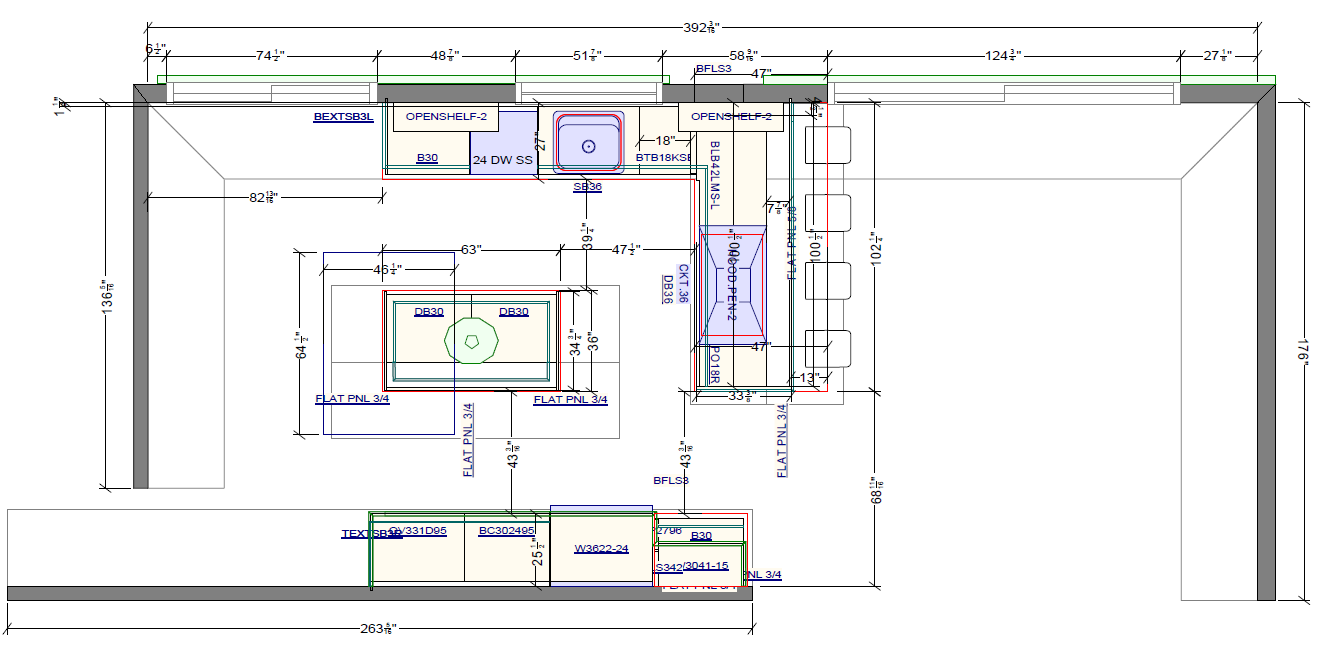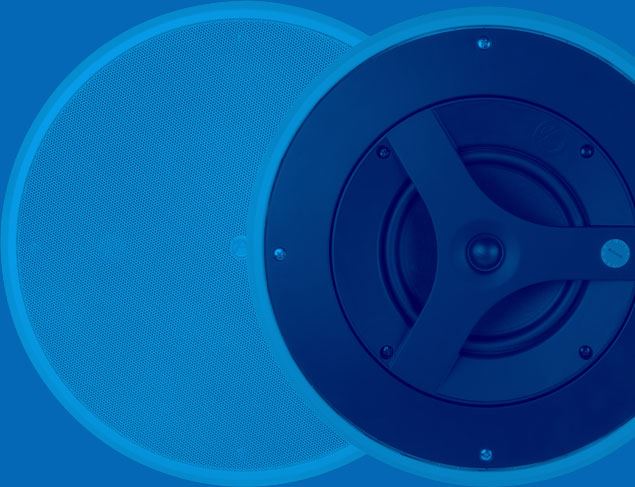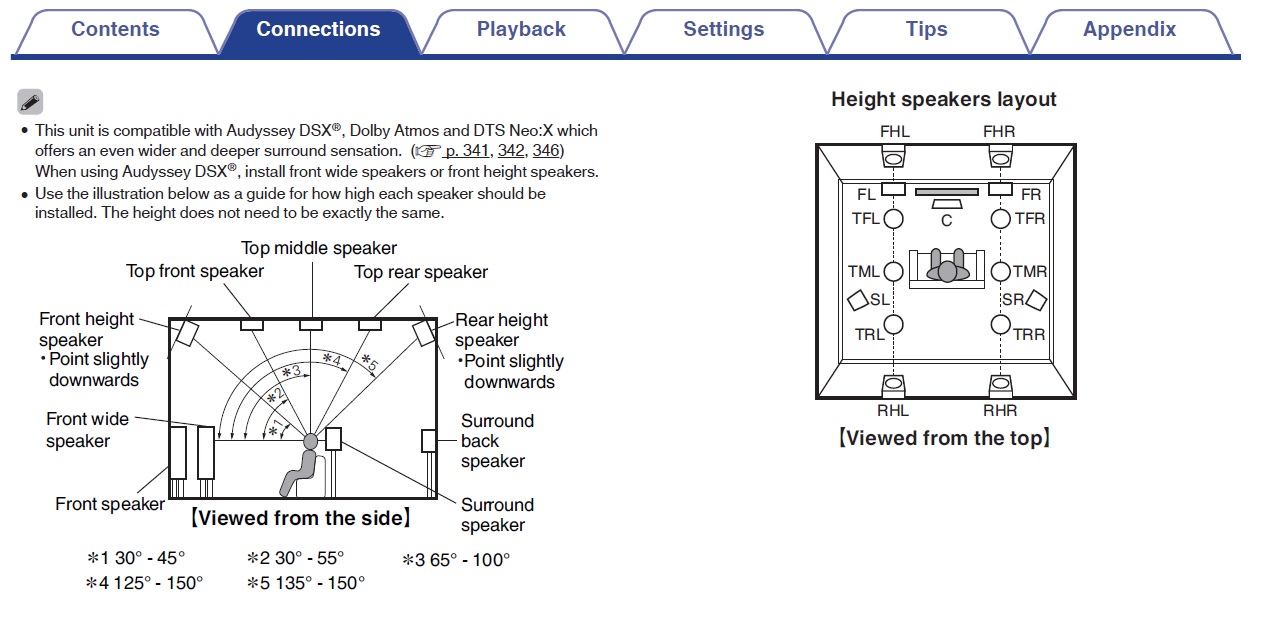
- #Speaker placement calculator program how to
- #Speaker placement calculator program full
- #Speaker placement calculator program pro
Bass peaks and nulls are worse further back due to strong reflections happening at the rear of your room.Ībsolutely, avoid sitting right against your back wall. But it’s better to be closer to the front wall. This is the first spot I recommend you try as a listening position.Īs an alternative, you can place the listening position 38% from the rear wall. Like most rules of thumb, it’s based on compromise, but you can use it as a starting point for your room setup (later, you can use acoustic measurements to fine tune everything).Ĭalculate 38% of your room’s length, and put a mark 38% back from the front wall, centered widthwise between the left and right sidewalls. It’s a theoretical optimum listening position in rectangular rooms, assuming ideal soundproofing and flush or soffit-mounted speakers. If your rear wall is reflective, it should be at least 10 feet from your ears… otherwise it needs treatment (more on this later).įirst off, this is not a rule, but a guideline created by world class studio designer Wes Lachot.

This tends to give a flatter bass response.Īlso, this lets you maximize the distance between the rear wall and your ears.

It’s usually better for the listening position to face the short wall vs the long wall. Start by facing the short wall of your room, so your speakers fire down the length of the room. The same is true for the best studio monitors.īefore placing your speakers let’s choose a starting point for your listening, monitoring or mixing position.
#Speaker placement calculator program full
The best hi-fi speakers will only reveal their full glory if you set them up right, in an acoustically treated room. These rooms may have different goals, but they all yearn for high fidelity sound reproduction. But most of this advice applies whether your room is a mastering studio, hi-fi listening room, project studio or home theater.
#Speaker placement calculator program pro
The guidelines I’m going to give you are based on best practices for both pro and home recording studio setup.

In this guide we will view a flush-mounted main monitoring system as the ideal setup… but I don’t expect you to be this hardcore with your setup! These are called main monitors, or ‘mains’. The Ideal World: High end recording studio control rooms usually have flush-mounted (or soffit-mounted) monitors that are set into the wall. If your monitors are placed on a desk or console, you need isolation stands to decouple them from the surface. Your World: I’m going to assume you’re using nearfield or midfield studio monitors, or hi-fi speakers, on speaker stands. You can use this room setup guide as a compass as you embark on your quest for sonic clarity. We’ll also touch on surround sound speaker and subwoofer placement for mixing rooms and home theaters. This tutorial will show you the easiest way to lay out a listening or control room for high fidelity, critical listening.

To hear the full story, pure and true, you need to set your room up right. But your devious room likes to distort the story and deceive you. Your speakers are trying to tell you a richly layered sonic story. So you’ve spent all this money on speakers and audio equipment… But are you getting the sound you paid for?
#Speaker placement calculator program how to
How to Setup Your Studio / Critical Listening Room Speaker and Studio Monitor Placement Secrets PART: 1 2 3 4


 0 kommentar(er)
0 kommentar(er)
